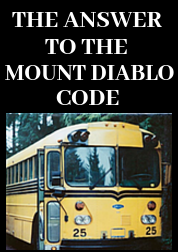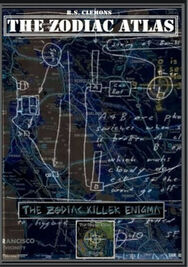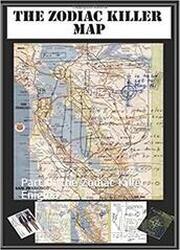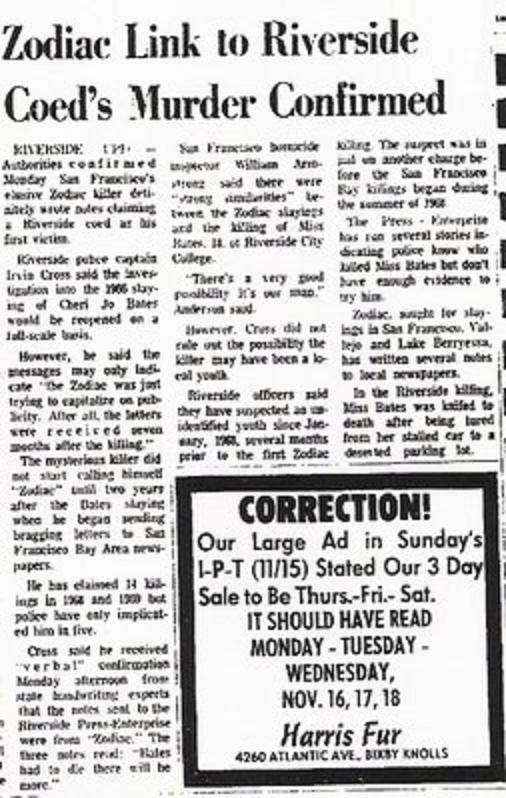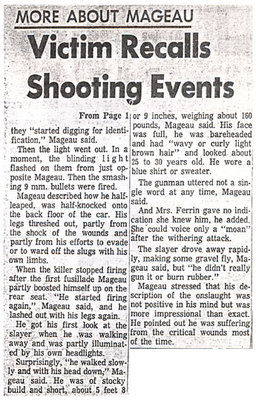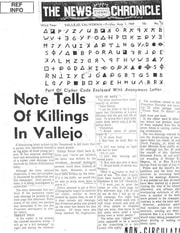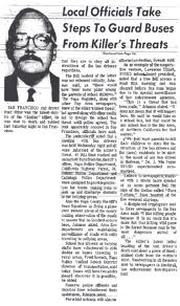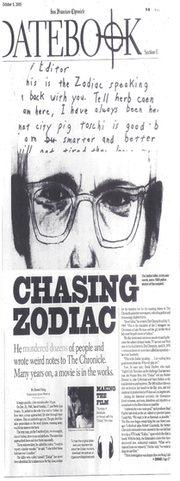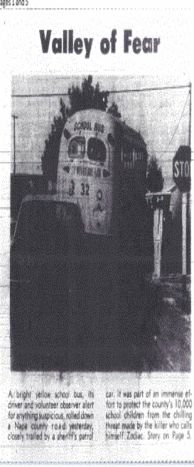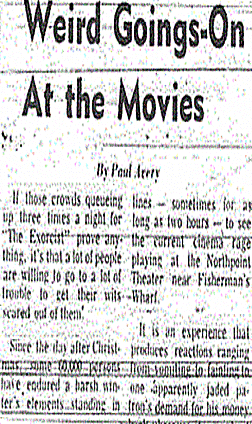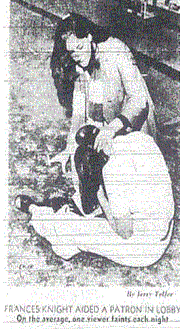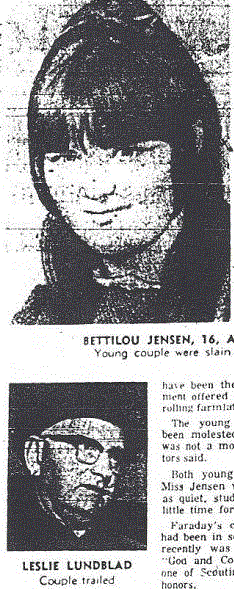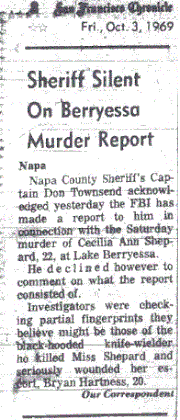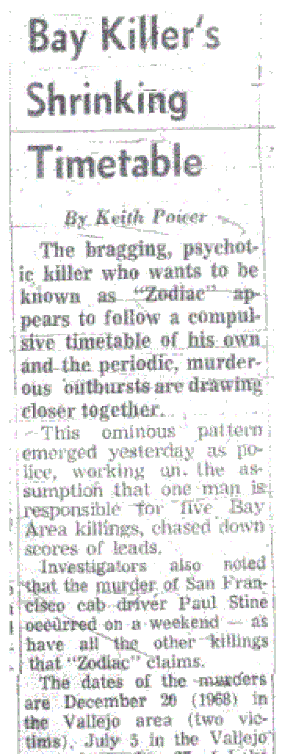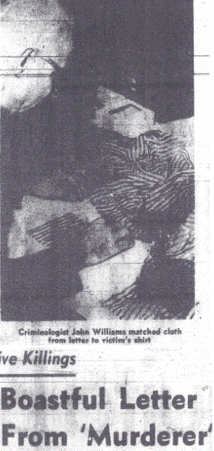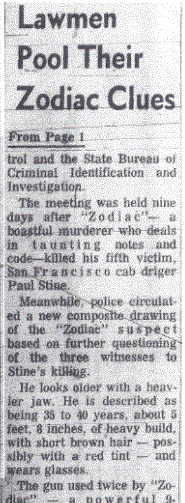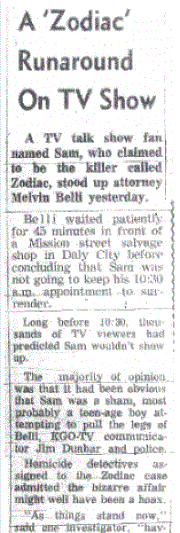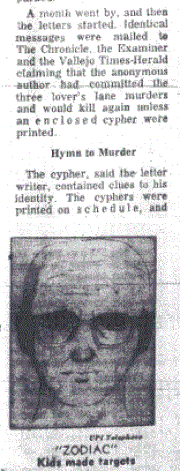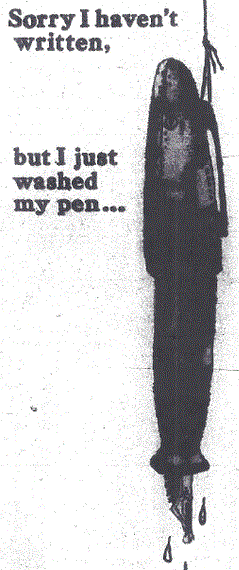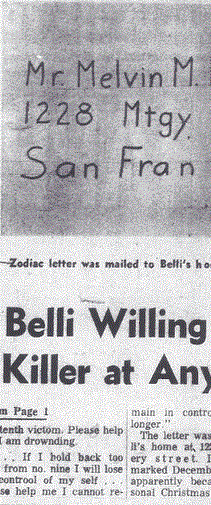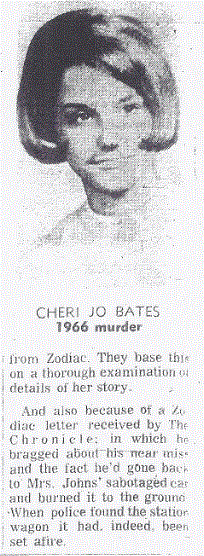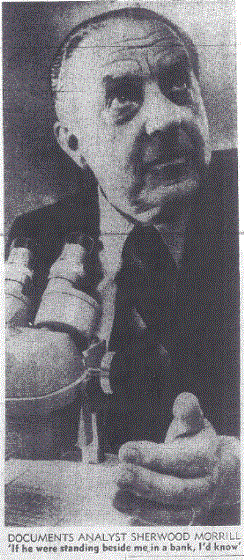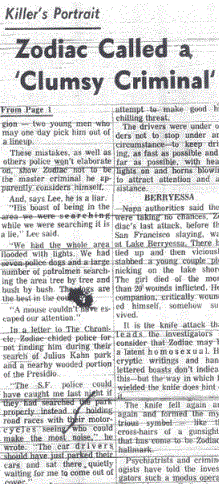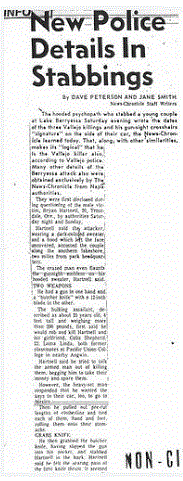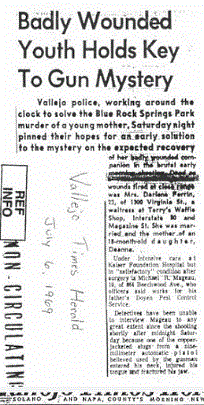 Click image to enlarge
Click image to enlarge The autopsy report clearly details 5 entry wounds to the mid-axillary and posterior-axillary line of Darlene Ferrin's right side. This means that 5 bullets entered the right side of her body. If Michael Mageau was shot four times in the back seat (because he had 4 entry wounds), this means that there is a total of 9 entry wounds and 9 bullets fired so far. We now have one bullet remaining (to complete the ten shots fired) to produce 4 entry wounds and four exit wounds to Darlene Ferrin's right and left arm, which again was detailed in the autopsy report here (or see below). Thomas Horan's claim of Michael Mageau being in the backseat throughout is therefore impossible from a ballistics standpoint. It's cannot happen with ten shots, never mind nine.
The reason Darlene Ferrin had 9 entry wounds and 7 exit wounds is because the two shots fired at Michael Mageau in the front seat, passed through his body and entered Darlene Ferrin. They were two of the bullets that entered her right side, producing 5 entry wounds to her torso. Add these 5 entry wounds to the 4 entry wounds in her arms and we have a total of 9 entry wounds. Of the 5 entry wounds to her torso, 3 exited her body on the left side. Add these 3 exit wounds to the 4 exit wounds in her arms and we have a total of 7 exit wounds. Michael Mageau had to be in the front seat during the initial part of the attack to produce the wounds of Darlene Ferrin noted at autopsy. Anybody telling you otherwise is just plain wrong.
The left arm has two entry wounds; one is medially located in the upper arm, 3 and 1/4 inches above the elbow and exiting the opposite side. The second entry wound is located medially on the forearm, 2 inches above the wrist, fracturing the radial and ulnar bones, and exiting above and laterally at 3 inches above the wrist.
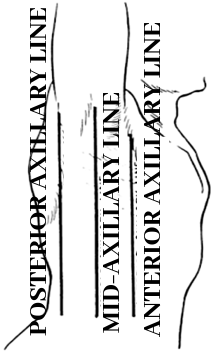
[2] Bullet passes through posterior margin of the 10th/11th thoracic vertebrae, the liver and spleen, and is recovered at autopsy in the medial margin of left rib #9.
[3] Bullet passes through posterior axillary line of the 7th thoracic vertebra, right lung, left ventricle of heart, left lung, and exits body through left rib #7 near the mid-axillary line.
[4] Bullet passes through 4th rib, right lung, the anterior shaft of right 2nd rib, where it was recovered in the subcutaneous tissue at autopsy.
[5] Bullet passes through right shoulder, the anterior chest wall to the anterior margin of the sternum, level with 4th ribs, and exits the left side of the left breast, just above the nipple.
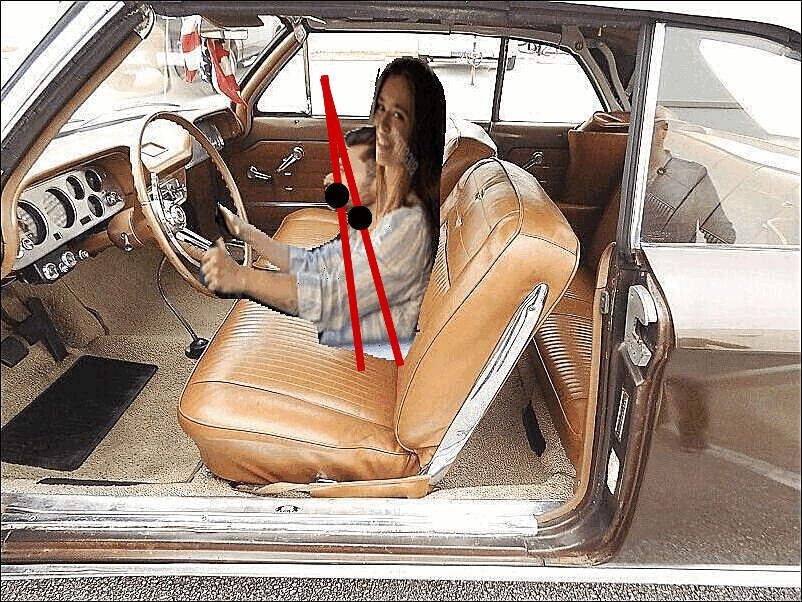

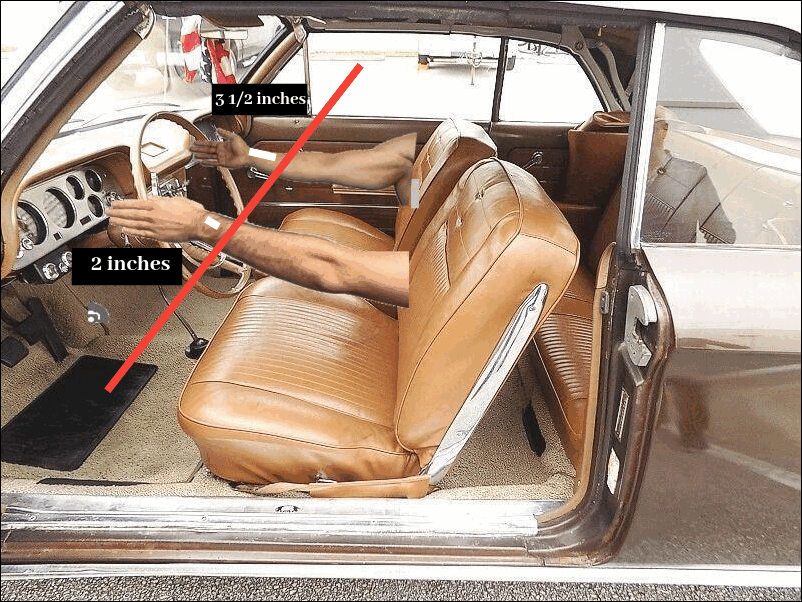
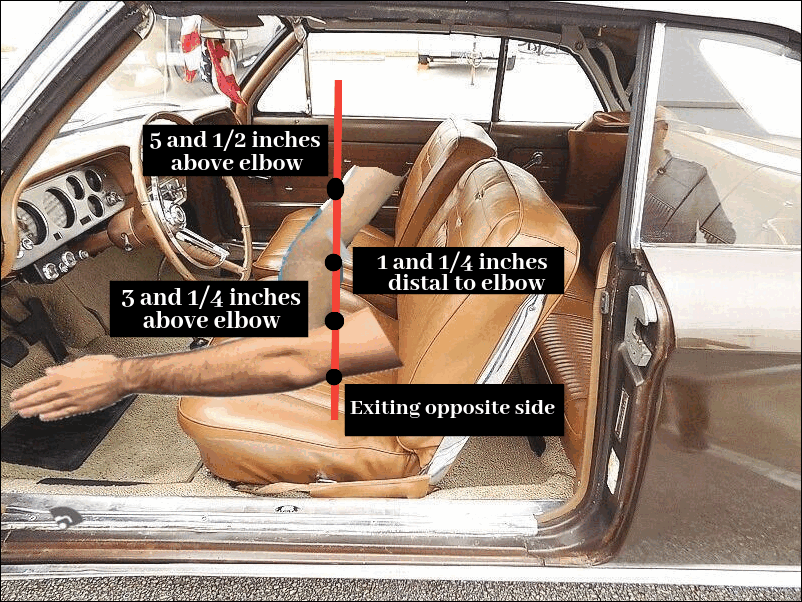
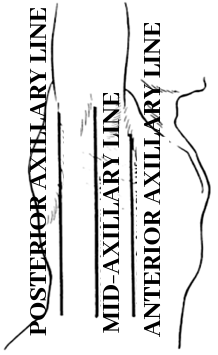
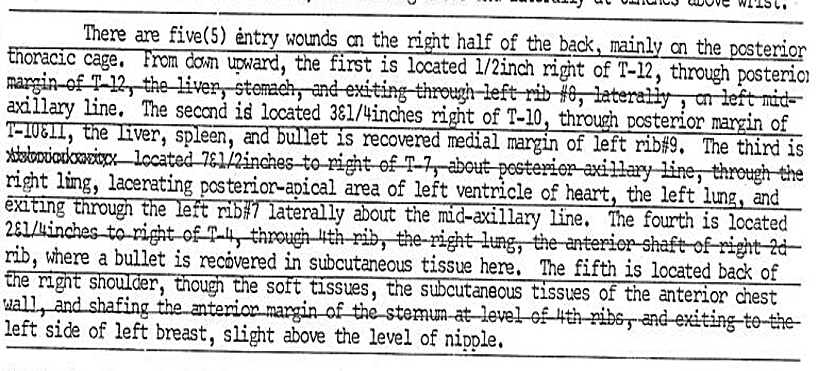
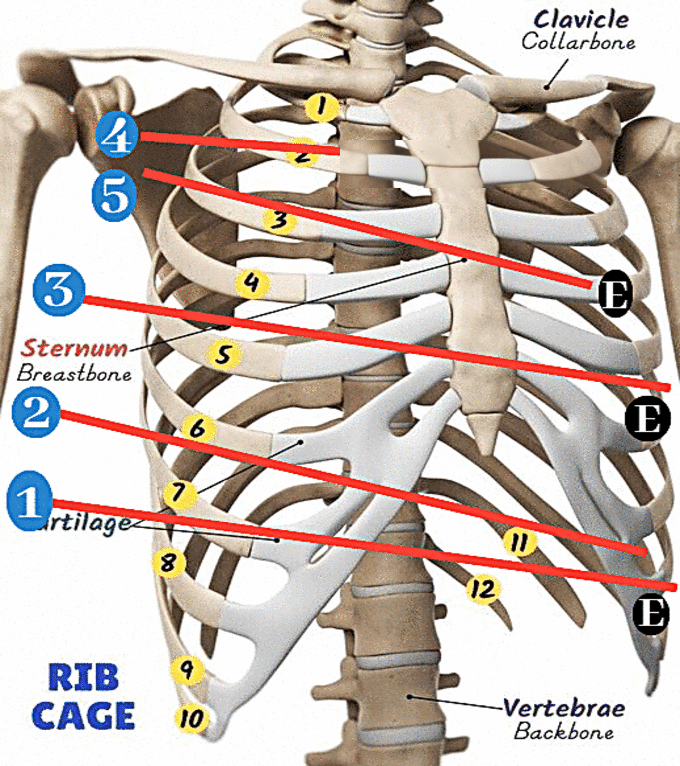
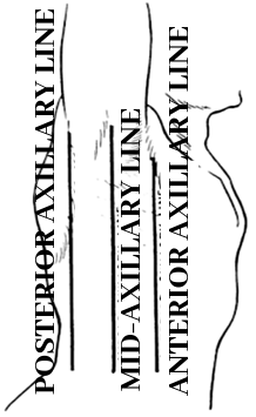
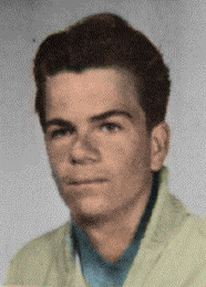
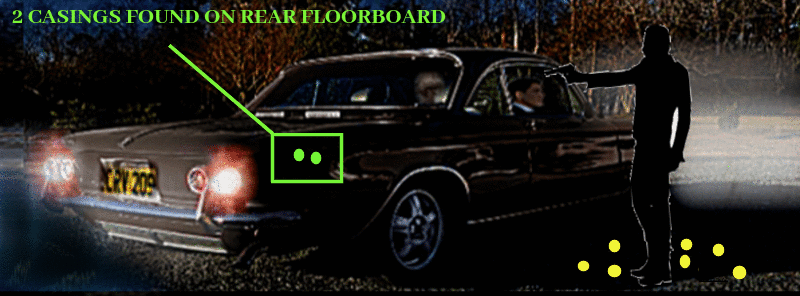
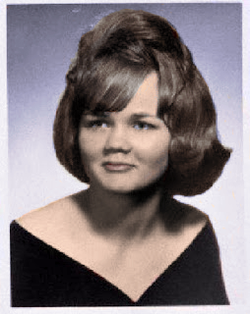
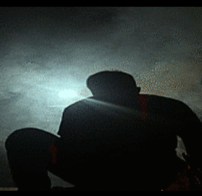

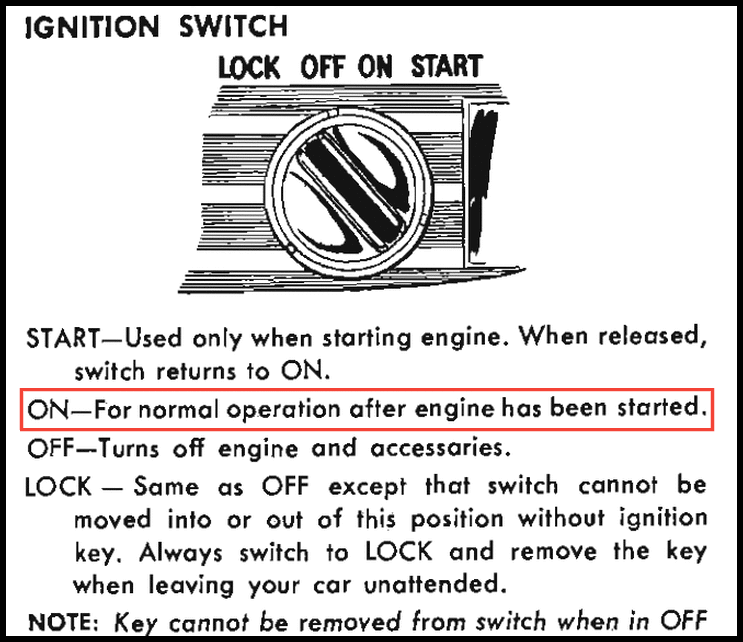
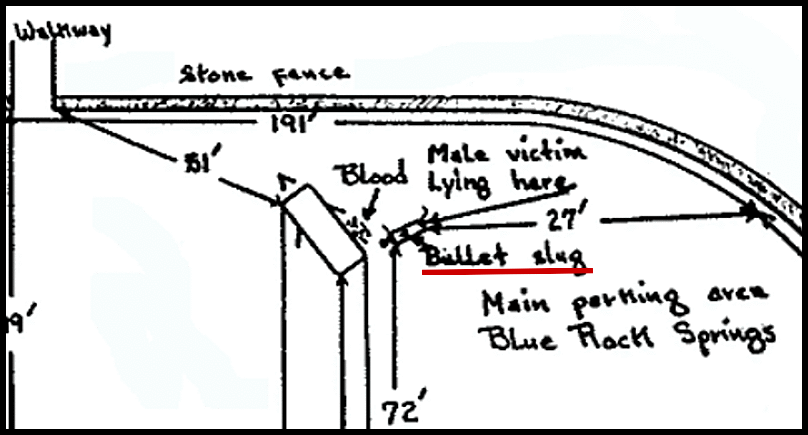
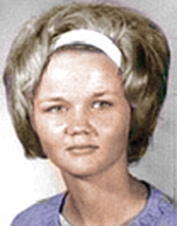
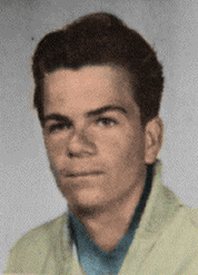
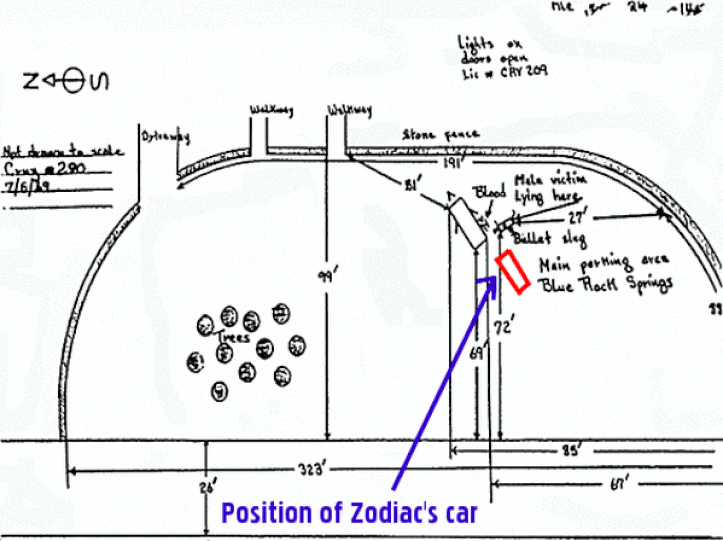

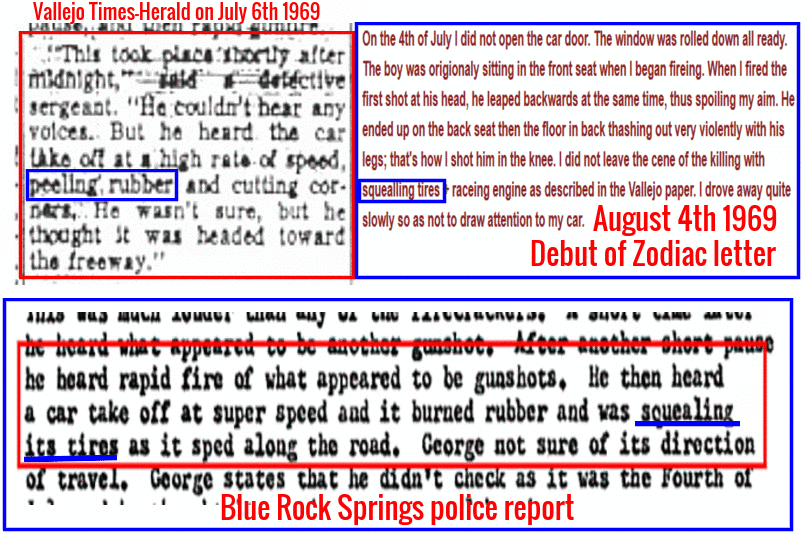
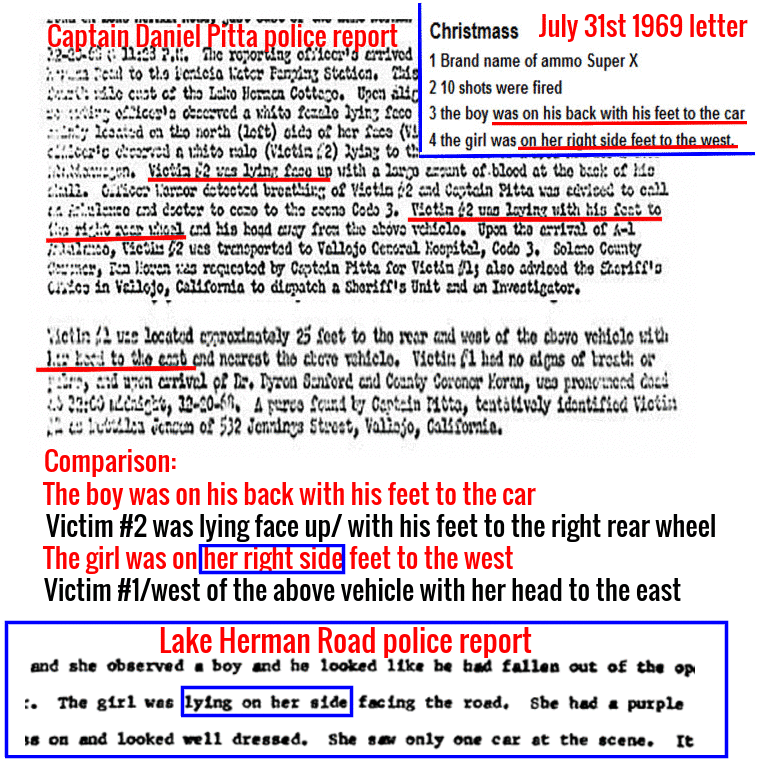

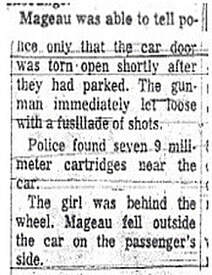
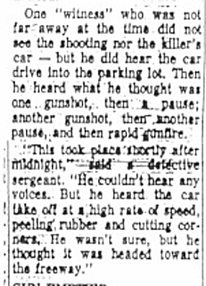
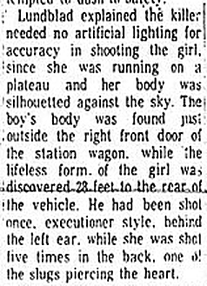
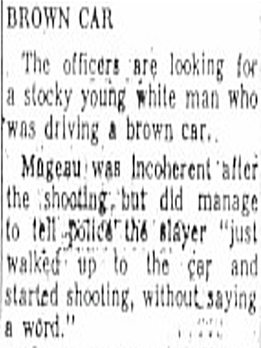
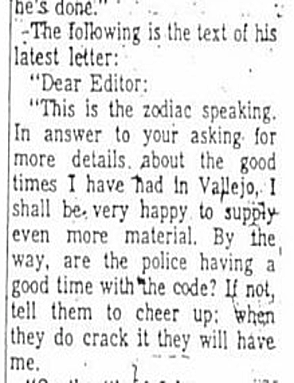
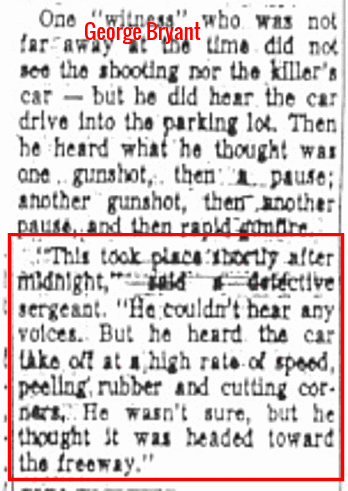
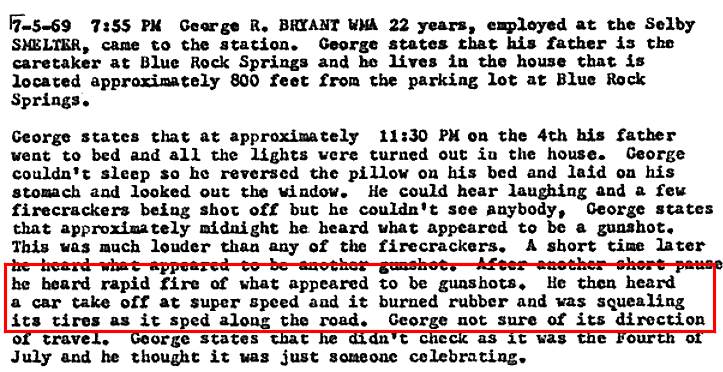


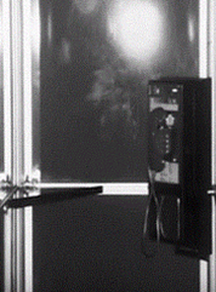
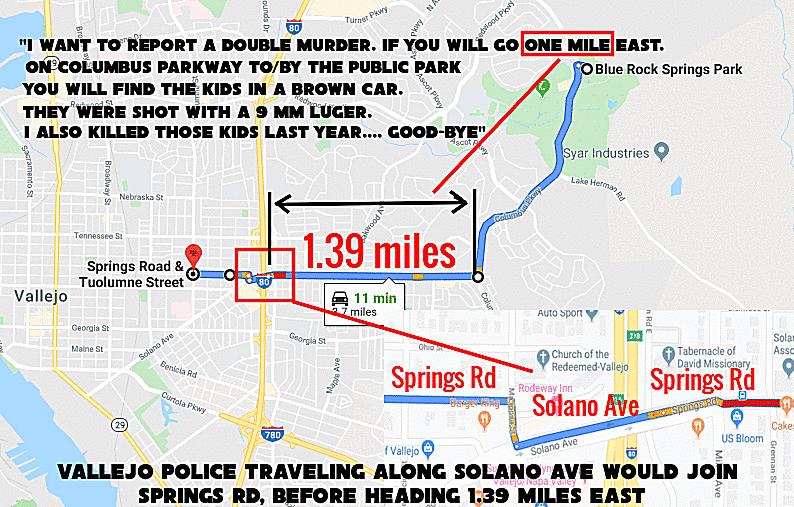

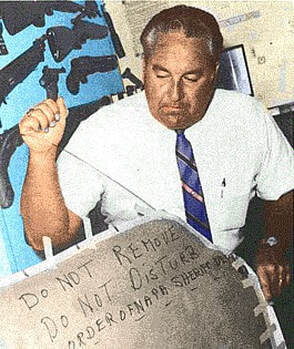
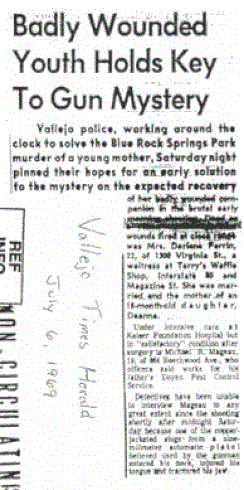
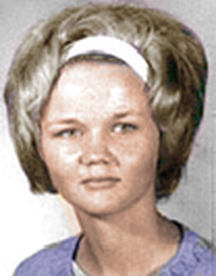
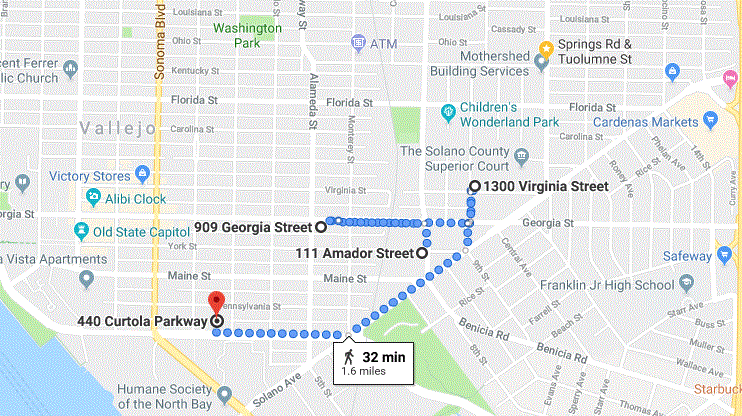
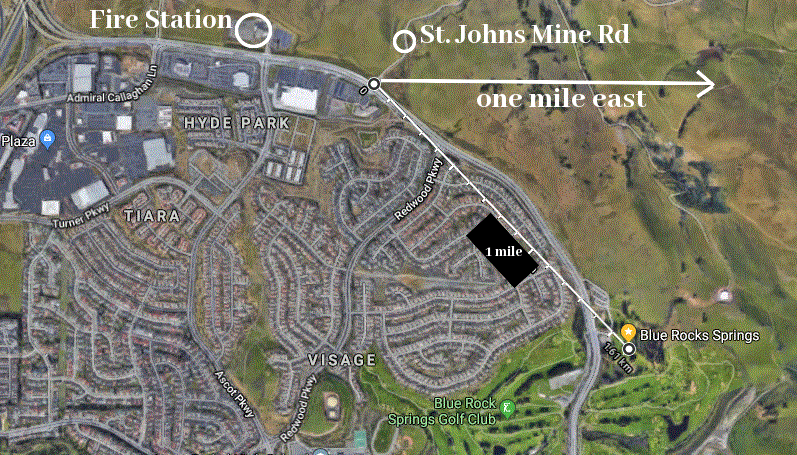
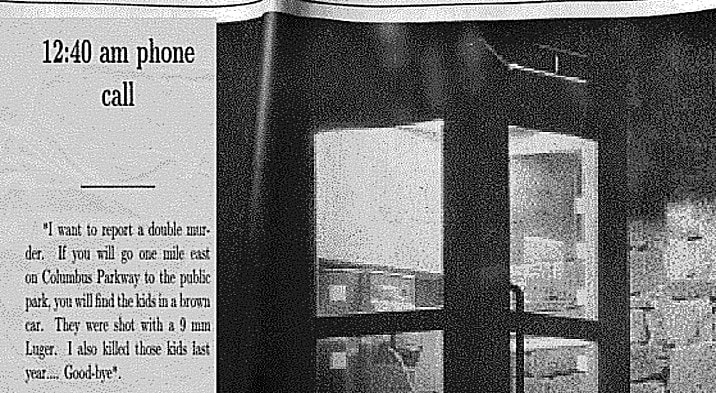
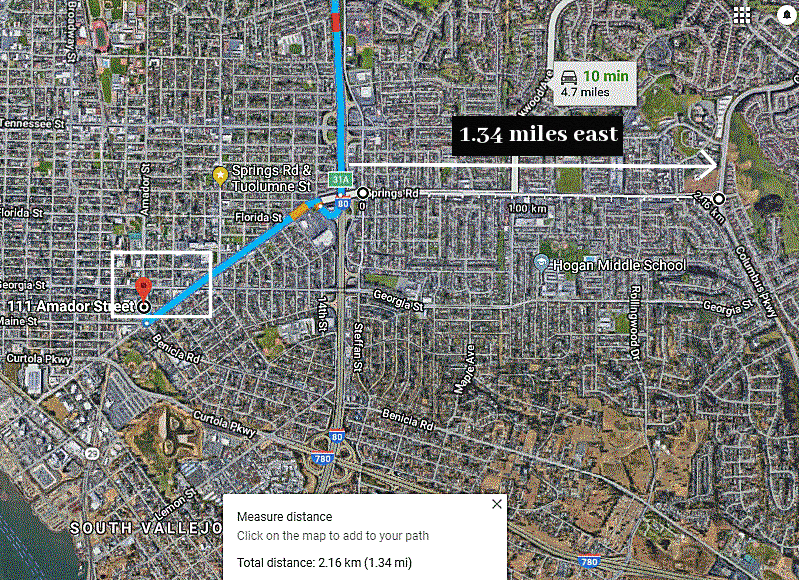
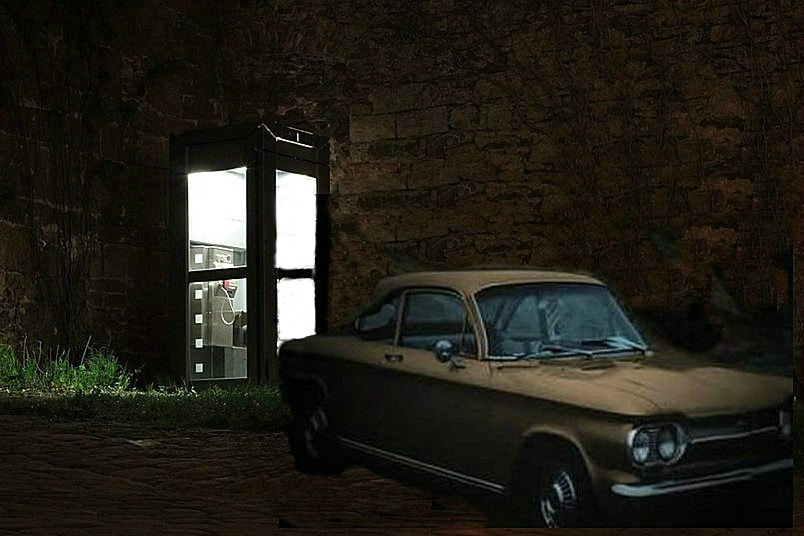
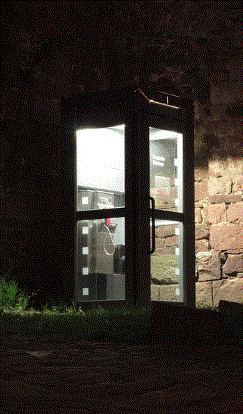
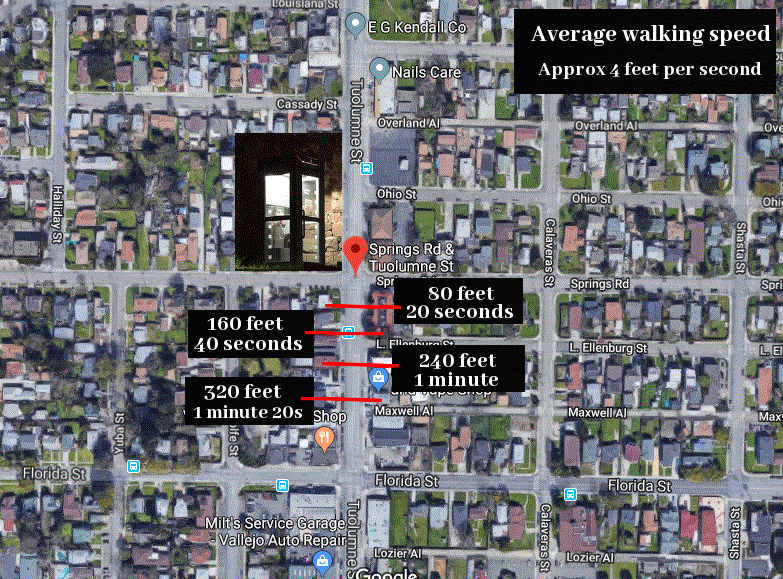
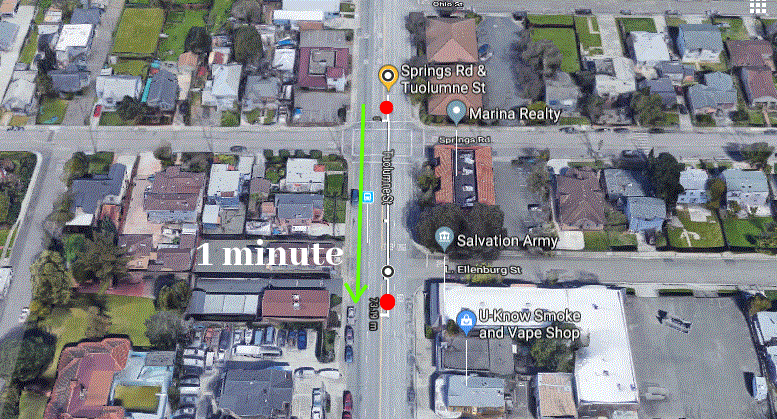
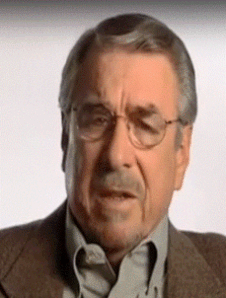
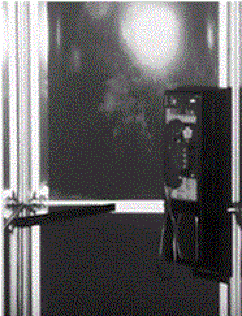
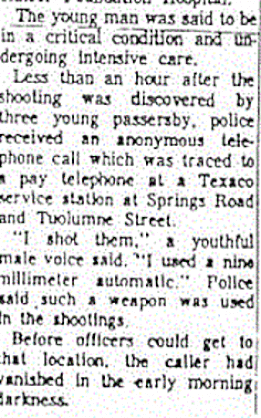
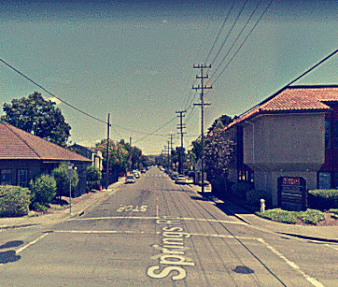

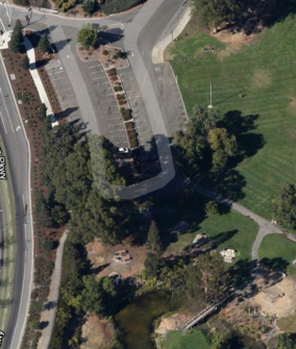
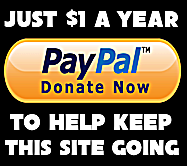



 RSS Feed
RSS Feed

